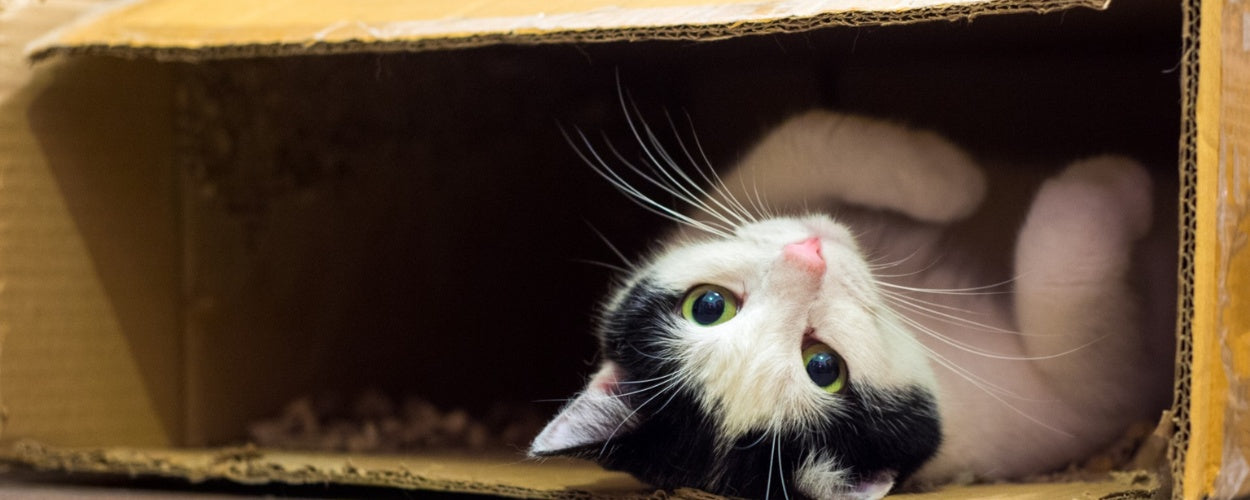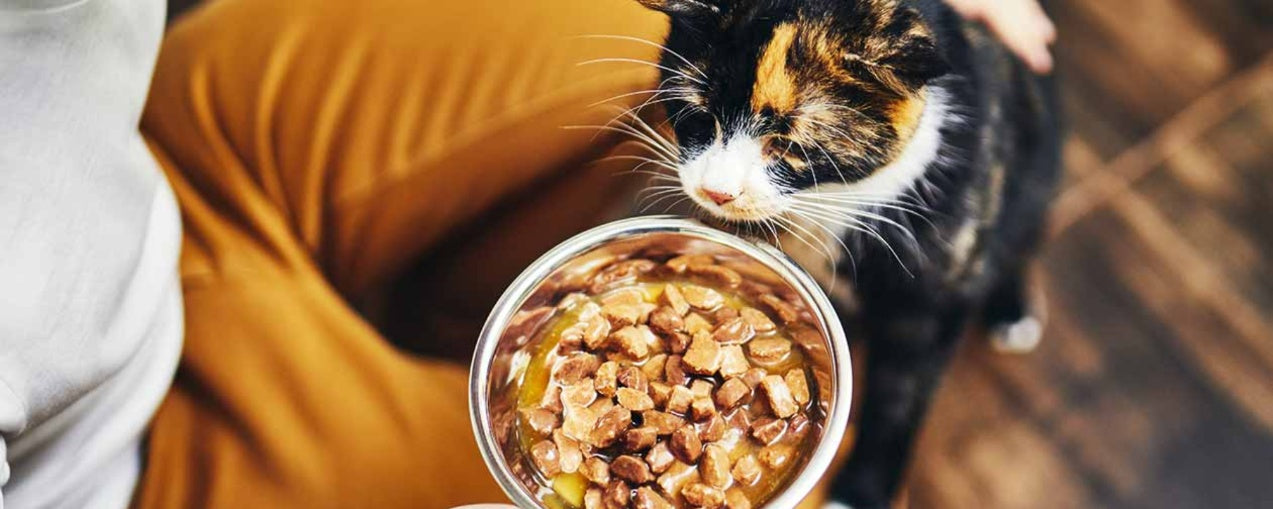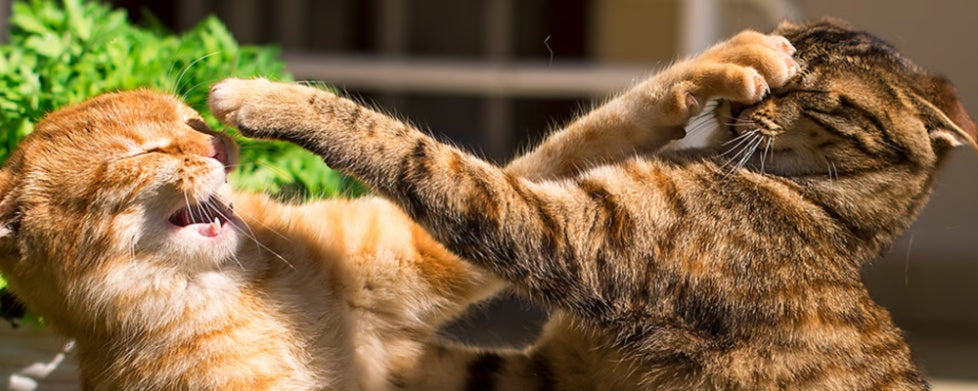Hydration plays a vital role in your cat’s overall health and well-being. However, cats are notoriously finicky drinkers, often consuming less water than they need. This reluctance can lead to serious health issues, including urinary tract infections, kidney disease, and dehydration-related complications. As a pet owner, understanding the importance of hydration and knowing how to encourage proper water intake is essential to maintaining your cat’s health.
The Importance of Hydration for Cats
Water is crucial for every function in a cat’s body. It regulates body temperature, supports organ function, aids digestion, and ensures waste elimination. Cats, being descendants of desert-dwelling ancestors, often have a lower thirst drive compared to other animals. While this trait once helped them survive in arid environments, it can lead to insufficient water consumption in domestic cats, especially those on dry food diets.
Key Benefits of Proper Hydration:
- Kidney Health: Water helps flush toxins out of your cat’s system, reducing the risk of kidney disease and stones.
- Urinary Tract Health: Staying hydrated dilutes urine, preventing urinary tract infections (UTIs) and blockages.
- Digestive Function: Proper hydration ensures smooth digestion and prevents constipation.
- Temperature Regulation: Cats rely on water to regulate their body temperature, especially in hot climates.
- General Energy Levels: Dehydration can lead to lethargy, reduced appetite, and other signs of discomfort.
Without adequate hydration, cats are at risk of serious health complications. Observing their drinking habits and encouraging sufficient water intake is a crucial part of responsible pet care.
Tips for Keeping Your Cat Hydrated
Cats may need a little extra encouragement to meet their hydration needs. The following tips, backed by veterinary advice, provide practical ways to ensure your cat stays well-hydrated.
1. Offer Multiple Water Sources
Providing multiple water sources is an effective way to encourage your cat to drink more. Cats can be picky about where and how they drink water. By placing water bowls in different areas of your home, you make it easier for your cat to access water whenever they need it. Use shallow bowls to prevent their whiskers from touching the sides, which some cats find uncomfortable. Experiment with bowl materials such as ceramic, stainless steel, or glass to find your cat’s preference. Keep the water fresh by cleaning and refilling the bowls daily. Avoid placing water bowls near litter boxes, as cats are naturally averse to drinking near their waste. By making water easily accessible and appealing, you can significantly increase your cat’s hydration levels, supporting their overall health and well-being.
2. Incorporate Wet Food into Their Diet
Switching to or supplementing your cat’s diet with wet food is one of the easiest ways to increase hydration. Wet food contains up to 80% moisture compared to only about 10% in dry kibble, making it an excellent source of additional water. This is especially important for cats that naturally drink less. Gradually transitioning from dry to wet food ensures your cat adapts without digestive issues. For cats on a specialized dry diet, consult your veterinarian before making changes. A mix of wet and dry food can often be an effective compromise. Wet food not only contributes to hydration but also supports overall nutritional needs, as it is often richer in animal proteins and nutrients. Ensuring that your cat receives a balanced diet that includes wet food will help maintain their hydration levels and reduce the risk of dehydration-related health problems.
3. Invest in a Pet Water Fountain
Cats are instinctively drawn to running water, making a pet water fountain an excellent tool for boosting hydration. The constant flow of water mimics natural streams, attracting cats and encouraging them to drink more. Fountains also aerate the water, improving its taste and keeping it fresh. Many fountains include filters that remove debris, ensuring the water remains clean and appealing. For cats that are hesitant to drink from bowls, a fountain adds an element of curiosity and engagement, especially for younger or playful cats. Place the fountain in a quiet area of your home where your cat feels safe to explore and drink. Regularly clean the fountain to prevent buildup and ensure it continues functioning properly. By introducing a water fountain, you not only support your cat’s hydration but also provide an interactive and stimulating drinking experience.
4. Add Flavor to the Water
Flavored water can entice even the most reluctant drinkers. Adding a small amount of low-sodium chicken or fish broth to your cat’s water enhances its appeal and encourages them to drink more. Ensure the broth is free of onions, garlic, or other ingredients toxic to cats. Another fun idea is freezing diluted broth into ice cubes and placing them in your cat’s water bowl. These flavored ice cubes not only cool the water but also add an engaging element, especially during warmer months. Be cautious not to overuse broth, as excessive sodium can be harmful. Flavored water is particularly useful for older cats or those recovering from illness, as it can stimulate their appetite and interest in drinking. This simple and vet-approved strategy helps hydrate your cat while adding variety to their daily routine.
5. Monitor Hydration Levels
Regularly monitoring your cat’s hydration levels helps you identify issues before they become serious. Signs of dehydration include lethargy, dry gums, sunken eyes, reduced skin elasticity, and decreased urination. You can perform a simple hydration test by gently pinching the skin between your cat’s shoulder blades. If the skin takes longer than a second to return to its normal position, your cat may be dehydrated. Observing your cat’s litter box habits is also helpful; smaller, infrequent wet spots could signal low water intake. Cats with these symptoms should see a veterinarian immediately. Regular monitoring helps you adjust your cat’s hydration strategy, whether by increasing wet food intake, adding water bowls, or using a fountain. Being proactive ensures that your cat’s hydration needs are consistently met, supporting their overall health and reducing the risk of dehydration-related complications.
6. Create a Comfortable Drinking Environment
Cats are sensitive to their surroundings, and the right environment can make a significant difference in their drinking habits. Ensure that water bowls are placed in quiet, low-traffic areas where your cat feels safe and comfortable. Avoid placing bowls near loud appliances or litter boxes, as these locations may deter your cat from drinking. Consider the height and accessibility of the bowls, especially for senior cats or those with mobility issues. Cats are more likely to drink when they feel secure and undisturbed. Additionally, introducing floating toys or interactive elements in the water bowl can pique their curiosity, encouraging them to engage with their water source. Creating a comfortable and inviting drinking environment helps ensure your cat stays hydrated and happy, contributing to their overall health and well-being.
7. Consider Seasonal Needs
Hydration needs can vary based on the season, with warmer months often requiring extra attention to your cat’s water intake. Cats are less likely to drink warm or stale water, so adding ice cubes to their bowl can keep it cool and refreshing. Ensure water bowls are always placed away from direct sunlight to prevent the water from becoming too warm. Cats may also benefit from increased wet food during summer, as it provides additional moisture. Monitor your cat closely for signs of dehydration during hot weather, such as panting or lethargy, and take steps to cool them down with shaded areas and fresh water. Addressing seasonal hydration needs proactively ensures your cat remains comfortable and healthy throughout the year.
The Role of Veterinary Guidance
Managing your cat’s hydration isn’t just about encouraging them to drink more—it’s about ensuring they receive adequate nutrition and care. Always consult a veterinarian if you notice:
- A significant change in drinking habits.
- Persistent symptoms of dehydration.
- Urinary or digestive issues.
Veterinarians can provide tailored advice and recommend dietary adjustments, such as prescription wet food or hydration supplements. Regular check-ups also ensure that your cat’s hydration levels are optimal, supporting their long-term health.
Conclusion
Keeping your cat hydrated is one of the most important aspects of their care. Proper hydration supports vital functions, prevents health complications, and ensures your cat stays active and comfortable. By incorporating wet food, providing multiple water sources, and using creative strategies like water fountains or flavored water, you can encourage healthy drinking habits.
Remember, every cat is unique. Observing their preferences and consulting with a veterinarian will help you create a hydration strategy that works best for them. With the right approach, you can keep your cat happy, healthy, and well-hydrated every day.








